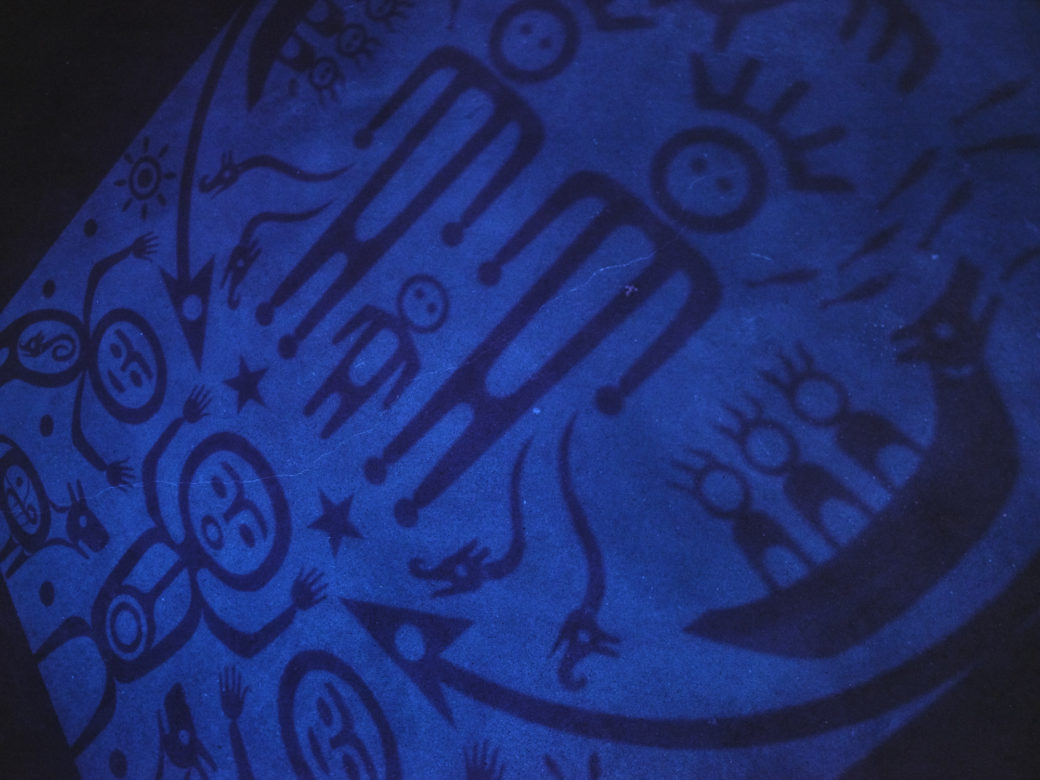
Meet the Indigenous artists lighting up Oklahoma Contemporary's inaugural exhibitions
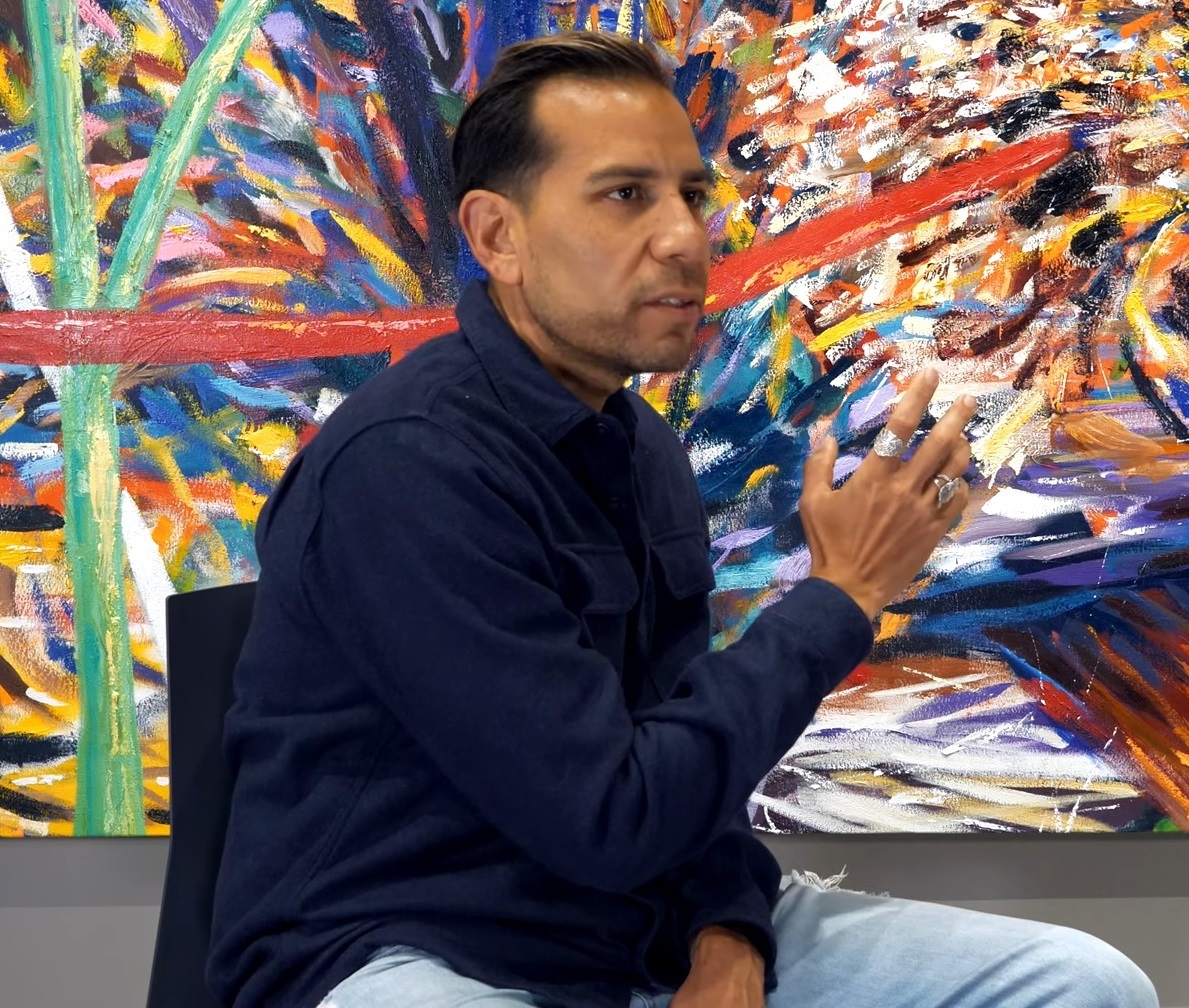
The story of art in what we now call the United States is incomplete without accounting for the contributions of Indigenous people. Visitors to Oklahoma Contemporary's inaugural Bright Golden Haze and Shadow on the Glare exhibitions can engage with works by a few of these diverse artists belonging to various tribal nations across North America — from our backyard in Oklahoma to the First Nations of Canada and points in between.
While the land acknowledgment in our main lobby centers the history of Indigenous peoples in our region, these works in our galleries highlight the urgent present of Native voices in our community and across the globe today.
"As a state, we are uniquely positioned to investigate and communicate the social relevancy of Indigenous art to our broader contemporary art history and vice versa," said Oklahoma Contemporary Curatorial Fellow Pablo Barrera. "Oklahoma Contemporary’s willingness to recognize our region's complex and often-disquieting history humbly set an intention to honor the often-overlooked experience of Indigenous people."
After honoring Indigenous Peoples' Day over the weekend during our Second Saturday celebrations — featuring artist demos, live performances and hands-on activities highlighting contemporary Native art practices — we wanted to make sure you've been introduced to the diverse Indigenous artists who make our inaugural exhibitions shine.
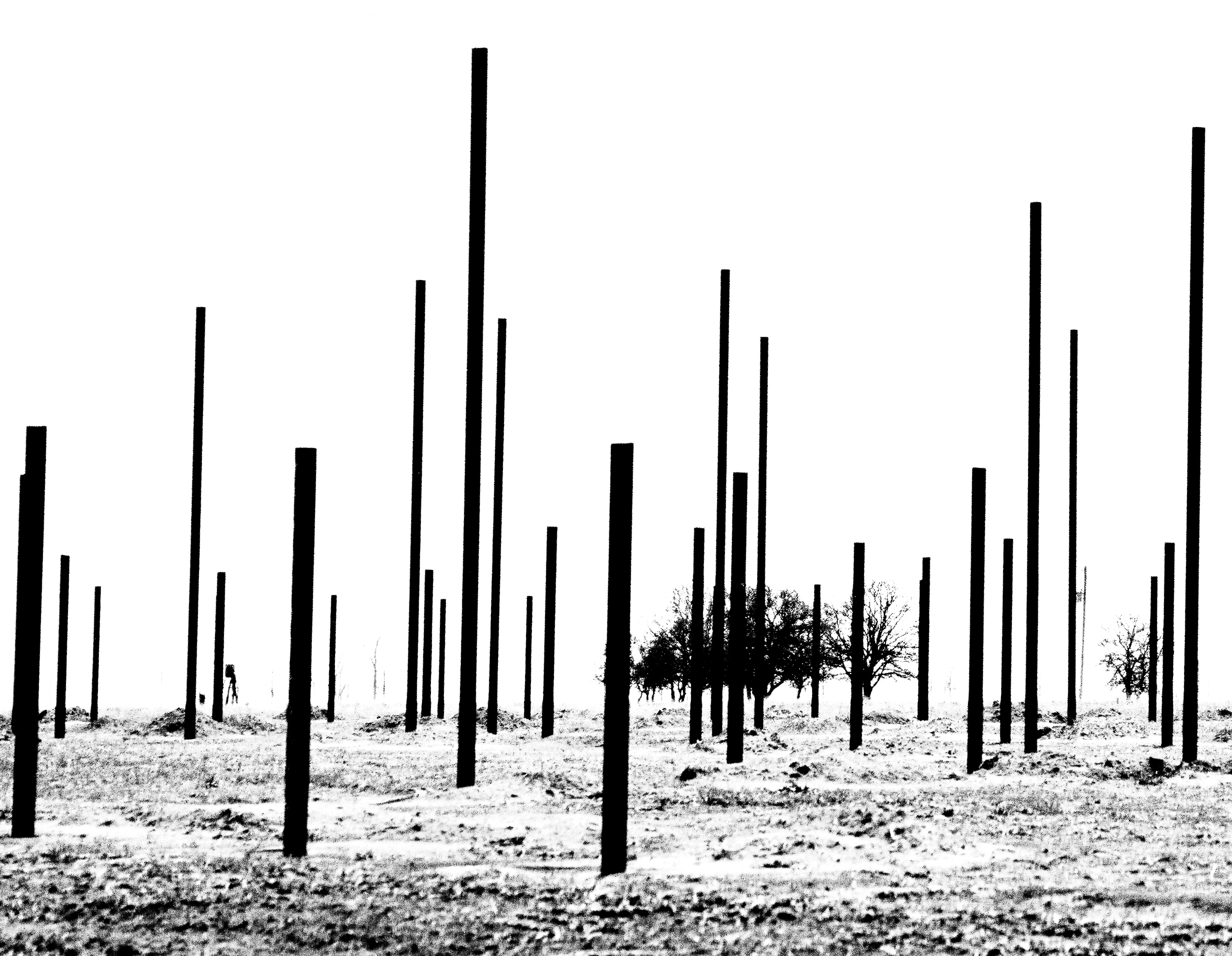
Keli Mashburn (Osage)
The arresting work of Shadow on the Glare artist Keli Mashburn is inspired in part by her upbringing on the endless plains of northern Oklahoma.
"I grew up on the reservation, in the culture," she said. "Both my parents are Osage. That's my voice, for sure, but it's not something I was ever conscious of until I went to art school. I didn't realize being Native was 'a thing.' It had never occurred to me." Today, Mashburn's Indigenous heritage is one of many animating elements in her exploration of the dramatic collisions between physical space and myth across her homelands in Osage territory.
Read our #ArtistSpotlight on Keli Mashburn here.
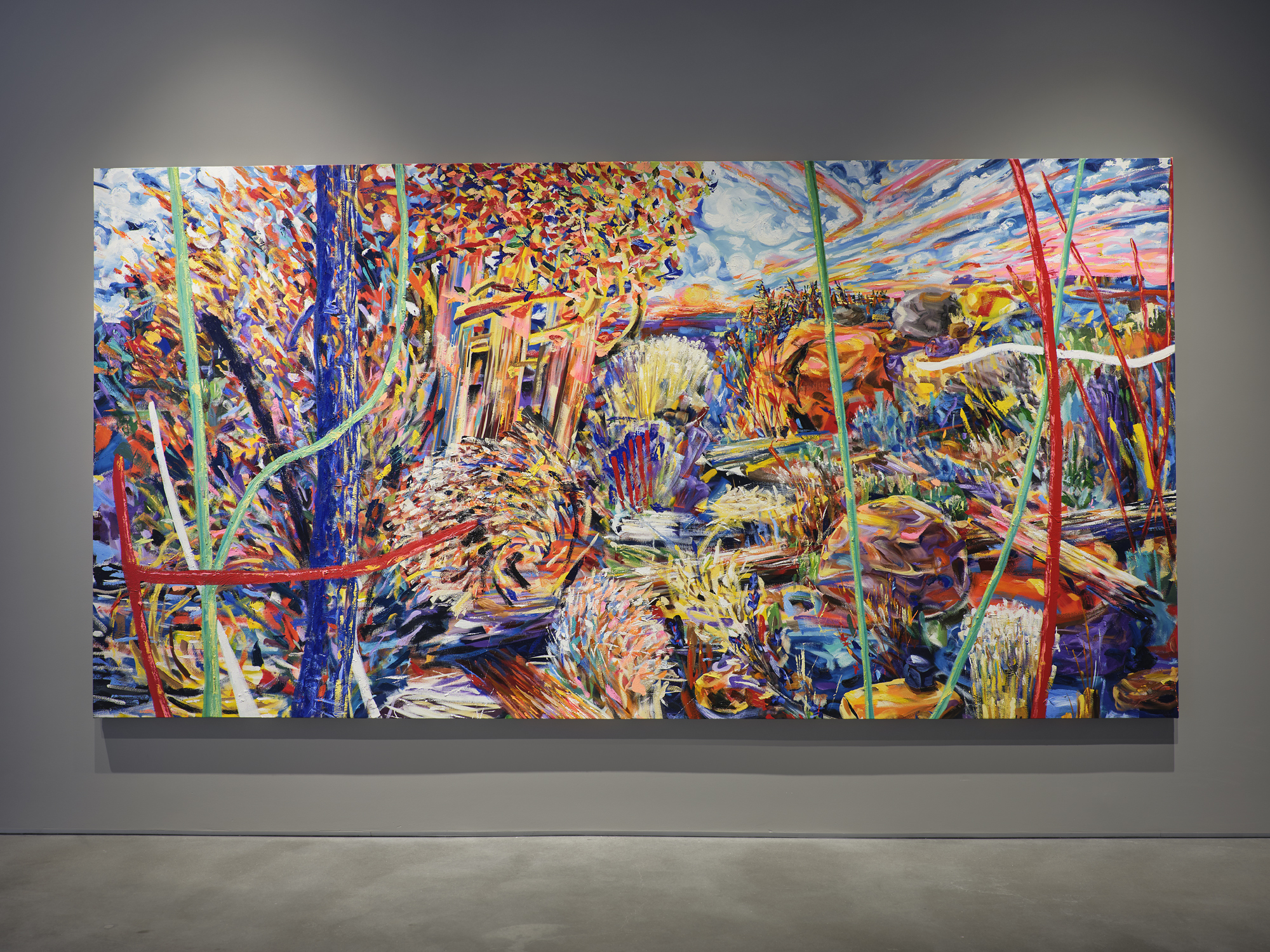
Yatika Starr Fields (Osage/Cherokee/Muscogee Creek)
Oklahoma artist Yatika Fields brings the aesthetics and strategies of street art to bear on the natural environment. His vibrant landscapes — like Eternal Sun, specially commissioned for Oklahoma Contemporary's inaugural Bright Golden Haze exhibition — reveal the sharp eye and stylistic restlessness of a bold, innovative artist who remixes classicism and urban sensibilities to create worlds both familiar and fantastical.
In the video below, from Oklahoma Contemporary's Illuminations series, Fields talks about his journey as an artist, the colors of nature and the joys of ultra marathon running.
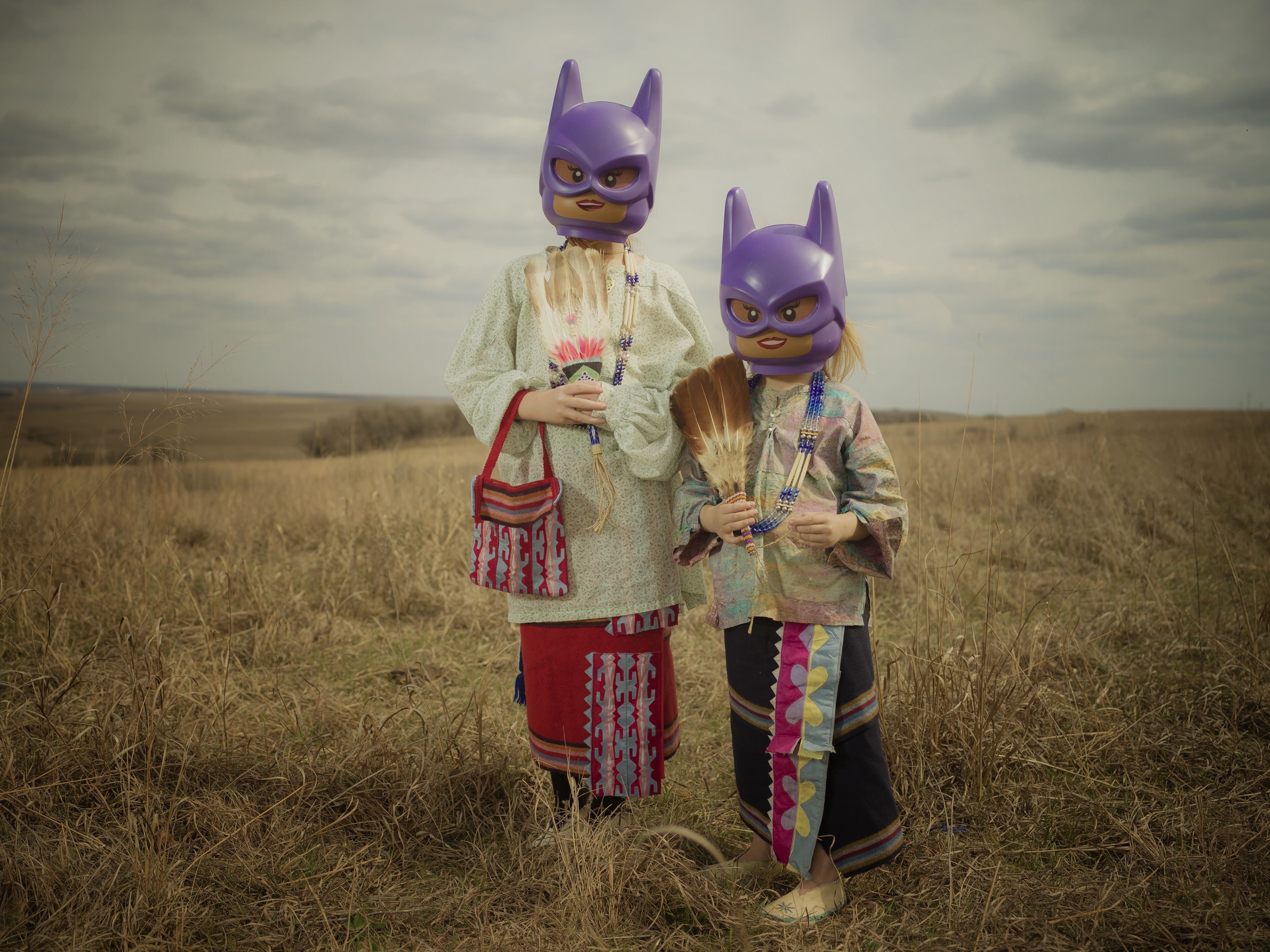
Ryan RedCorn (Osage)
"I mostly collaborate with my sitters, and allow them to transform into who they want themselves to be, or who they are, or a combination of two," photographer Ryan RedCorn told LENSCRATCH in 2018. With this, the Shadow on the Glare artist actively pushes against the tradition of white photographers like Edward S. Curtis, whose canon of influential photographs of the American West contributed to a romanticization of Native people as tragic, vanishing figures in the American story.
Returning agency to the portrait subject creates space in RedCorn's photographs for aspects of Indigenous life that rarely make it into popular depictions: from humor to hope to heartache and all points in between.
Read our #ArtistSpotlight on Redcorn here, and learn more about his work in #FridayFilms: Contemporary Native Filmmakers.
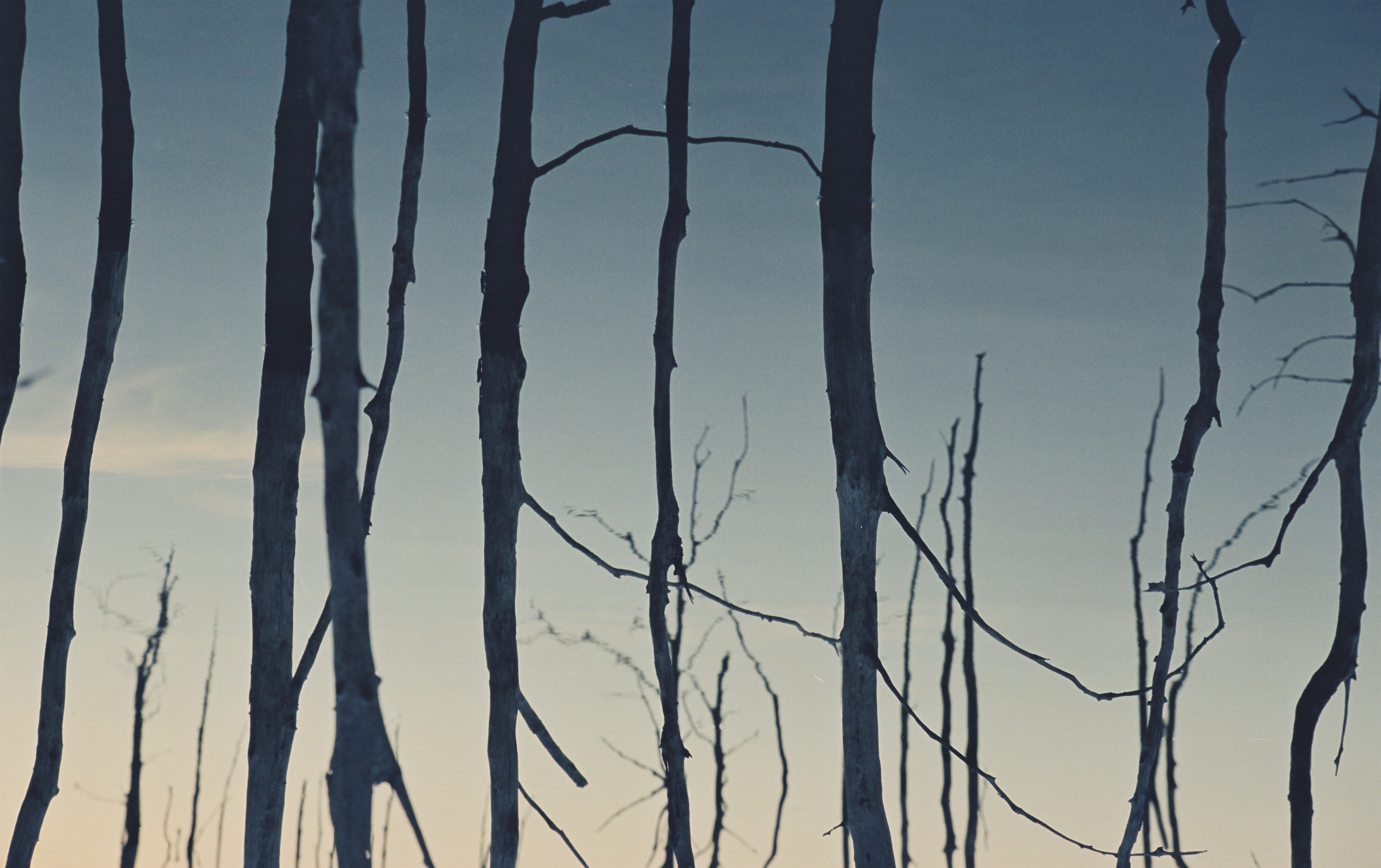
Marcella Ernest (Ojibwe)
Marcella Ernest is a video artist, documentary filmmaker and a member of the Bad River Band of Chippewa Indians whose work has been exhibited at galleries and film festivals across the world. Shadow on the Glare visitors will be mesmerized by Wah.shka, a collaboration in which Ernest infuses the imagery of Keli Mashburn (Osage) with sonic and narrative elements to further explore the tension within the artist's dramatic landscapes.

Josh Tonsfeldt (Cherokee)
Daily life looks a little different through the eyes of Josh Tonsfeldt. "A lot of my work comes from domestic life and materials that we use every day," he said. That's the case for both of his pieces on display in Oklahoma Contemporary's inaugural Bright Golden Haze and Shadow on the Glare exhibitions: a mixed-media sculpture featuring a deconstructed consumer television screen and a disarmingly surreal video built around fragments of a family reunion.
Tonsfeldt's untitled work in Bright Golden Haze scrambles these everyday elements into a 3-D piece that challenges our ideas of what sculpture can be. "It's a dissection of this screen, this device we spend a great deal of our lives in front of. It's also a montage, a kind of collage of video of fragments of video from my daily life and experiences," Tonsfeldt said. "But it's edited in a way that's fairly abstract. There's no narrative to it. It also serves as a sort of display device, as a kind of table for displaying some sculptural fragments."
Read our #ArtistSpotlight and #ThursdayThree with Josh Tonsfeldt.
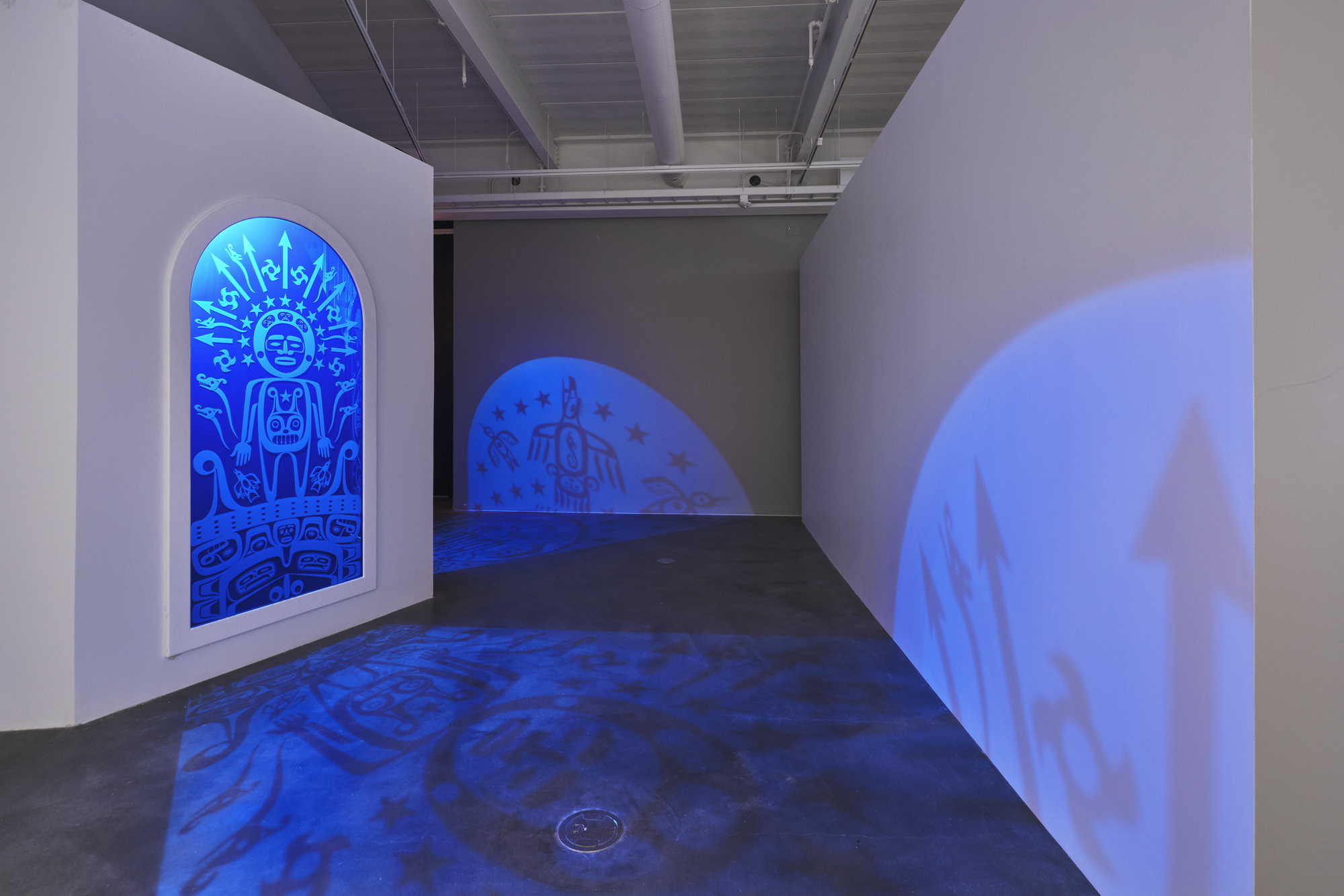
Marianne Nicolson (Dzawada'enuxw First Nation)
Bright Golden Haze artist Marianne Nicolson uses light to explore the politics and possibilities of the land. Her Ḱanḱagawí (The Seam of Heaven) immersive sculptural installation, which compares the imagery of the Milky Way to the Columbia River, draws from the cosmology of the artist’s First Nations' heritage. Divided into two glass panels, one side represents the spiritual essence of the river while the other features pictographic images referencing those carved by Indigenous peoples along river systems and other significant natural sites.
The arched sculpture speaks to the tension between the built environment of political systems and the natural order of the land. "The border that is created across the landscape is a conceptual one. It’s created by nation states and agreements between people," Nicolson continued in her Seattle Art Museum interview. "But it doesn’t actually exist in and of itself in the land. The reason why we pay attention to it is because of symbols like the Peace Arch."
Read our #ArtistProfile on Marianne Nicolson, and learn more about her practice with the video below from Seattle Art Museum.
Return to New Light.









